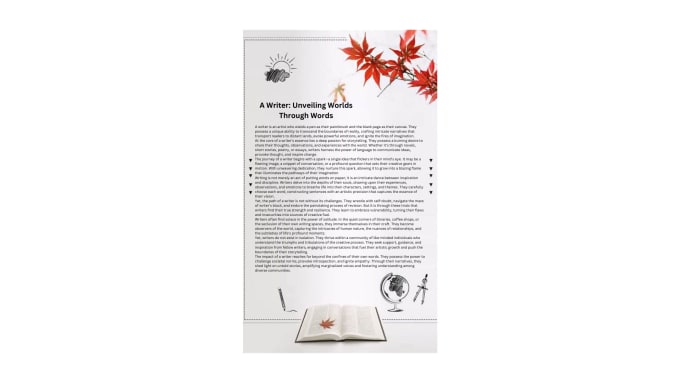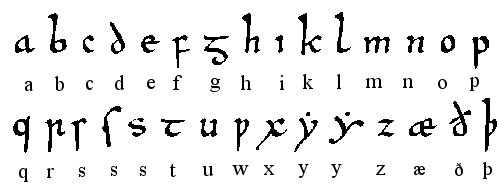

The New Testament was completed in 1557 by English Reformed exiles on the continent during the reign of Mary, and the complete Bible three years later, after Elizabeth succeeded the throne.
1560 – The Geneva Bible was published. By the Gentlemen of Thynner Temple in London. Sett forthe as the same was shewed before the Qvenes most excellent Maiestie, in her highnes Court of Whitehall, the. The Tragedie of Gorbodvc, whereof three Actes were wrytten by Thomas Nortone, and the two laste by Thomas Sackuyle. 1557 – Publication of Tottel's Miscellany. Some have argued that since attendance at prayer book services was required by law for many years, the repetitive use of its language helped to standardise Modern English even more than the King James Bible (1611) did. 1549 – Publication of the first Book of Common Prayer in English, under the supervision of Thomas Cranmer (revised 15), which standardised much of the wording of church services. It was read to congregations regularly in churches, which familiarised much of the population of England with a standard form of the language. Edited by Myles Coverdale, it was largely from the work of Tyndale. 1539 – Publication of the Great Bible, the first officially authorised Bible in English. From 1525 – Publication of William Tyndale's Bible translation, which was initially banned. 
1509 – Pynson became the king's official printer.
1491 or 1492 – Richard Pynson started printing in London his style tended to prefer Chancery Standard, the form of English used by the government. Malory's language, while archaic in some respects, was clearly Early Modern and was possibly a Yorkshire or Midlands dialect. 1485 – Caxton published Thomas Malory's Le Morte d'Arthur, the first print bestseller in English. History English Renaissance įurther information: Tudor period and English Renaissance Texts from the earlier phase of Early Modern English, such as the late-15th-century Le Morte d'Arthur (1485) and the mid-16th-century Gorboduc (1561), may present more difficulties but are still closer to Modern English grammar, lexicon and phonology than are 14th-century Middle English texts, such as the works of Geoffrey Chaucer. 
Most modern readers of English can understand texts written in the late phase of Early Modern English, such as the King James Bible and the works of William Shakespeare, and they have greatly influenced Modern English.

The grammatical and orthographical conventions of literary English in the late 16th century and the 17th century are still very influential on modern Standard English. īefore and after the accession of James I to the English throne in 1603, the emerging English standard began to influence the spoken and written Middle Scots of Scotland. For an introductory guide on IPA symbols, see Help:IPA.Įarly Modern English (sometimes abbreviated EModE, or EMnE) or Early New English ( ENE) is the stage of the English language from the beginning of the Tudor period to the English Interregnum and Restoration, or from the transition from Middle English, in the late 15th century, to the transition to Modern English, in the mid-to-late 17th century. Without proper rendering support, you may see question marks, boxes, or other symbols instead of Unicode characters. This article contains IPA phonetic symbols.








 0 kommentar(er)
0 kommentar(er)
